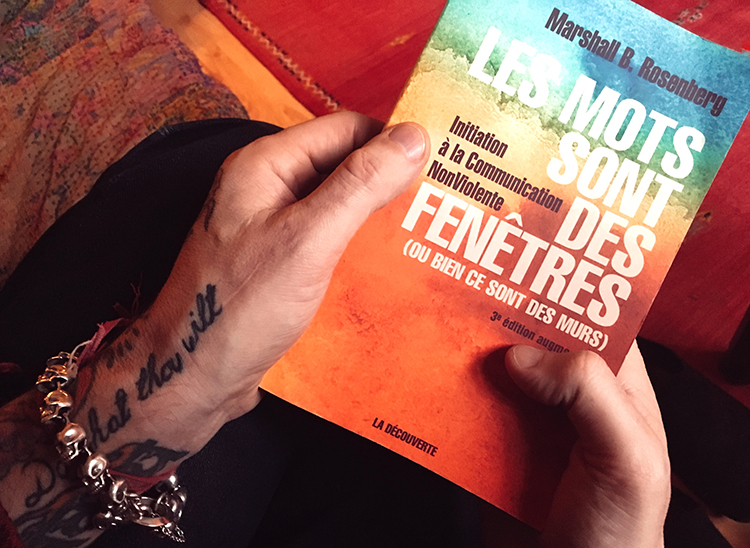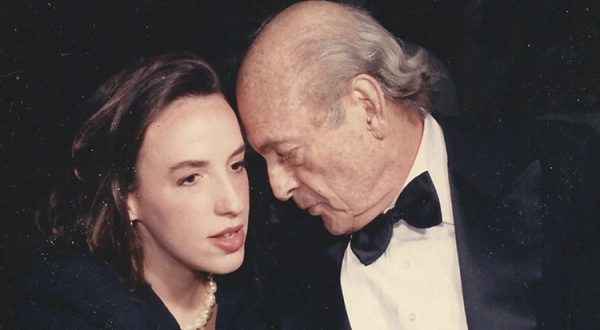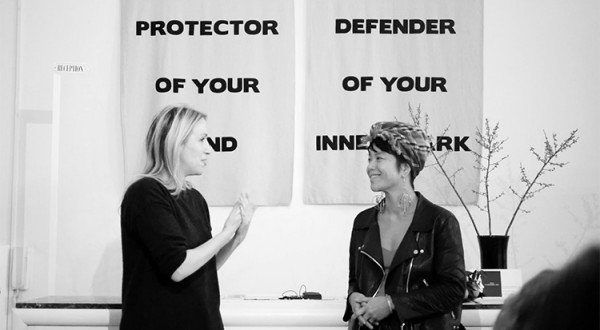
Nonviolence
the arduous path of Benevolence
The other day, one of you encouraged me to read Rosenberg’s book ” Words are Windows, or They’re Walls “. This allows me to thank you for all your suggested readings, music, videos. We really should be able to gather all this somewhere!
After reading the first two thirds of the book, I realized that I already apply some of the proposed methods in my regular communication and / or in case of conflict: eg. I always try to talk about me and my own feelings, rather than talking about the other and his supposed faults. in other words, if I can, I try to tell “I’m angry,” rather than “fat ass”. However, Rosenberg carries the applications of this way of being, living a step further. Because it is not only about communication techniques but rather a philosophy of life. Benevolence is not just a word … it’s a way of life!
and … it’s pretty hard!
- ” Somewhere beyond right and wrong, there is a garden. I will meet you there.” Rumi
How hard it is! How hard it is not to consider the world from the perspective of good and bad. From “Who’s Wrong / Who’s Right” From “Who’s Naughty / Who’s Nice”. of course, that a society needs justice, that certain things are respected, that others are punished, but this concerns only a tiny part of our relations. But we easily import this societal model (even religious) in our intimate relationships: we wait until dad, mom say who is right, then the teacher, the boss, our friends (“Eh do you agree that I’m right ?!) … etc. but when you think about it, how many conflicts, remain unresolved? how many relationships are wasted? how many divorces are pronounced without repairing the relationship of the ex-members of the couple (who must continue to be parents of the same children) It does not work. The notion of benevolence and non-judgment is finally here: rather than saying that the other is an idiot, it’s probably better that everyone expresses his personal needs in order to be able to accept an agreement that would suit both parties, and which will therefore be respected for the benefit of all.
And that’s good for your professional relationships, with your boss, your peers, but also your friends, your enemies, with your kids, your man, your woman, the people with whom you have to negotiate, deal, interact … live!
And that’s good for your professional relationships, with your boss, your peers, but also your friends, your enemies, with your kids, your man, your woman, the people with whom you have to negotiate, deal, interact … live!
2. The 4 rules
Rosenberg from the beginning of the book gives us his recipe, the 4 steps that determine the non-violent communication:
- to be factual
- express one’s feelings
- express your needs in relation to these feelings
- make a request (specific)
so it’s very simple, and at the same time … pretty hard, isn’ it?! You’ve to be really strong to be nonviolent.
Moreover, Rosenberg agrees, but a little bit is better than nothing. One step at a time. The he examines each of these rules, with cases, exercises, for you to be able to evaluate your comprehension of each concept.
For example, sometimes we think we are factual, when in fact we expose our own evaluation of facts. So instead of saying, “Anyway, it’s just an egoist”, it should be better to say “she talked all evening long”.
Also, for point 2. a sentence starting with “I feel that” often continues not with feelings but with an opinion: “I feel that you do not love me” instead of “I I feel sad because we don’t get to see enough of each other.
Rosenberg speaks very well of some of his patients, unable to express their feelings: they do not know how they feel. They did not learn to do it.
I was deeply touched by the way he shows how violence arises from this inability to express our feelings. Parents, let’s do something for our kids! And let us begin with ourselves!
about the demand (point 4) was also very illuminating: we must be factual and very specific eg. “I would like to be loved” is not a good demand because it can to be understood in a thousand ways by the other. It’s better to say “I would appreciate that you keep your socks organized because it’s a sign of respect for me and we have better things to share.”
3. the conditions of non-violence
in addition to these 4 rules, Rosenberg enlightens us on certain skills to develop to apply the art of NVC. once again, limpid comedy and … not so easy to apply. one step at a time as always.
– to be responsible of our own actions: we can’t be in a real relation to the other without this. the de-empowerment is a very good source of violence, and may lead to some sort of fascism.
– empathy: respect the emotion of the other, at least by recognizing him.
– Benevolence with oneself: by recognizing our singularity, by acting or talking not with a feeling of shame or fear, but with respect for our own deepest needs (to be aware). self-knowledge is the best way of benevolence. for oneself. then for others.
4. illuminating examples
The book is full of anecdotes and examples in which I saw easily the value of developing nonviolent communication skills! I hope you will like them too! cheers!



Categories |
0 comment(s)










 0 comment(s)
0 comment(s)